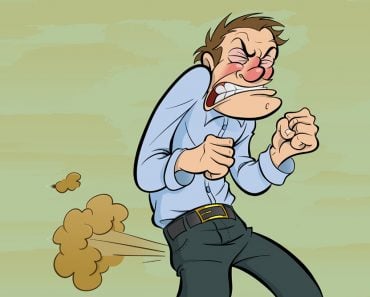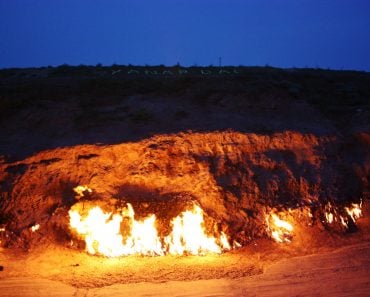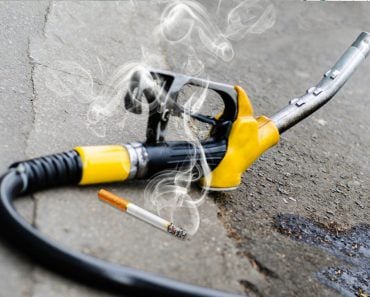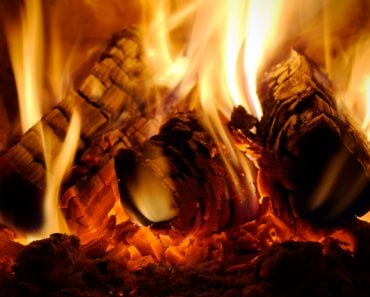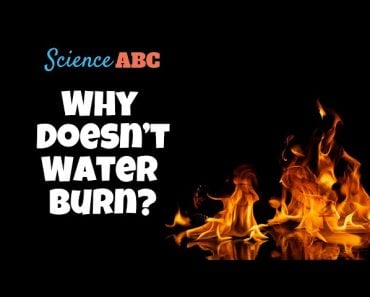Table of Contents (click to expand)
In spite of anecdotal evidence, there is no scientific evidence to suggest that spontaneous human combustion is possible.
It’s a beautiful day in South Park. The four boys are walking out of a store when, suddenly, Kenny erupts into flames! Oh no! Viewers of South Park will probably recognize this story from Season 3, Episode 4.
(Spoilers ahead!)
In this particular episode, the town is faced with people spontaneously combusting. A scientist finds that the cause of this is methane buildup in people who refuse to fart regularly. This leads to the people of South Park farting excessively, which, according to cartoon logic, leads to global warming and ozone depletion. The scientists then come up with the final solution—that people need to fart in moderation. Phew! That was a rollercoaster ride from start to finish.
However, on a more serious topic, can humans in the real world spontaneously combust?

Recommended Video for you:
Spontaneous Human Combustion
Spontaneous Human Combustion is when a person is found with significant burns, specifically on their torso and abdomen, with little or no damage to their extremities and surroundings, and with no obvious cause for the burns.
To date, there have been about 200 recorded cases of this phenomenon! However, there have never been any witnesses. Given the nature of the phenomenon, there are a number of theories to explain it.
However, let us first remember that the two basic components for fire are a source of ignition and a source of fuel. Keep these two things in mind as you read on.
Reported Cases Of Spontaneous Human Combustion
The first documented case occurred in the 1760s. Since then, most of the victims of spontaneous human combustion have been reported to be overweight women with a penchant for alcohol. Thus, it was believed to be a supernatural act. An act of punishment.
However, we are a scientific community, so we demand some level of scientific reasoning.
Some scientific reasons suggested for this phenomenon is the movement of some important fluids of the body. Another reason proposed was the presence of flammable compounds. Our body makes certain compounds that can spontaneously combust. Some researchers believe that gases such as methane, which are normally produced in the body, may occasionally be involved in some “freak” internal reaction that causes them to spontaneously combust. However, no such reaction has ever been discovered or described.

Critics of this theory point out that such cases never occur in animals that produce even higher amounts of such gases, such as cows.
A number of researchers suggest that a human body cannot “go up in flames” without some external trigger, no matter how small. The trigger itself may get combusted in the fire, like a matchstick, thus leading to the illusion of spontaneous combustion.
Another factor is that the victims of spontaneous human combustion have mostly been found near chimneys or fireplaces. While on-site investigators have failed to find any link between the corpses and the chimneys, researchers believe that proximity to have triggered the fire. However, the corpse was so badly burned that it was difficult to identify the original source of the fire.
Some people also believe that excessive alcohol consumption can cause alcohol to seep into a person’s clothing, making it more inflammatory, which contributes to the so-called wick effect.
The Wick Effect
The human body essentially has three combustible components. First is the skin, which can burn when dry and dehydrated, but it’s not a very good fuel source. Second, we have bone, which is a decent source of fuel due to the bone marrow, but not very easy to burn otherwise. Finally, there is fat, which is an excellent source of fuel.
An interesting fact is that, although melted human fat burns at temperatures of about 250°C when a cloth is soaked with the same melted fat, it can burn at temperatures as low as 24°C. This is the wick effect.

According to this theory, once the clothes catch fire and the fat melts, the body burns due to the wick effect. This is supported by the fact that clothed bodies burn faster in a fire, as compared to unclothed bodies.
A scientist by the name of D.J. Gee also recreated this phenomenon in a laboratory. He used a test tube coated with human fat, then skin and then cloth. When he set the test tube on fire, it burned for an hour, showing that human fat, skin and cloth can burn without any external source of fuel, as the fat itself acts as the fuel.
Dr John DeHaan performed an experiment to provided more evidence for this theory. A pig’s carcass, covered in cloth and gasoline, was placed in a living room setup. When the carcass was set on fire, the gasoline burned off within the first few minutes. However, the pig’s carcass continued burning for the next couple hours. The fat from the body acted as fuel and sustained the fire, but there was minimal damage to the surroundings.
The wick effect also explains the pattern of burning in victims of spontaneous human combustion. Since the fat content in our bodies is typically concentrated in our torso, it explains how most victims were found with their legs minimally affected by the fire.
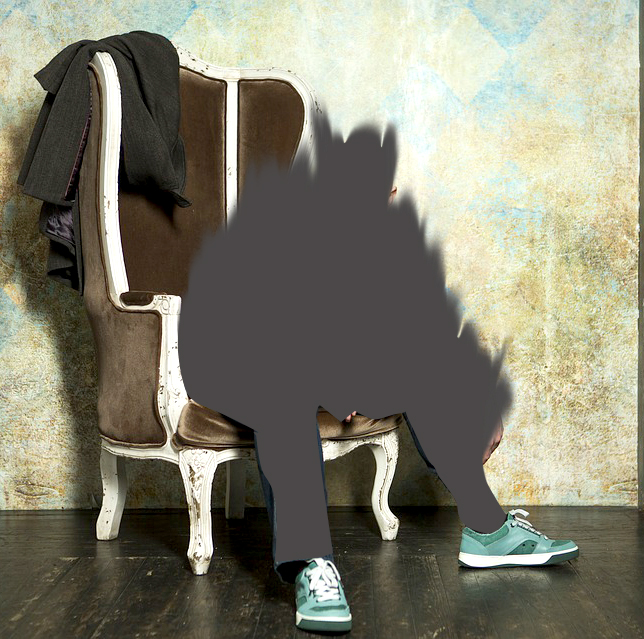
A major criticism of this theory is the burning of bones. Without boring you with too many figures and temperature details, our bones need a relatively high temperatures to burn completely. As it is extremely difficult to replicate actual cases of alleged spontaneous human combustion, it’s not possible to determine whether these fires reached these high temperatures.
The justification for this is that most victims may have suffered from osteoporosis (a condition in which the density of the bones decreases). In such a case, a slightly lower temperature may suffice to burn the bones.
As you can see, the jury is still out on whether this bizarre phenomenon is possible or not. While wick theory remains the most probable cause, it does reiterate that an initial source of fire or a spark is required for the process to begin. However, the occurrence of this event is incredibly rare, so it’s definitely something to wonder about, rather than worry about!
References (click to expand)
- Koljonen, V., & Kluger, N. (2012). Spontaneous Human Combustion in the Light of the 21st Century. Journal of Burn Care & Research. Oxford University Press (OUP).
- AM Christensen. Debunking the Spontaneous Human Combustion Myth. The University of Tennessee system
- A Look into Spontaneous Human Combustion. The Ohio State University

